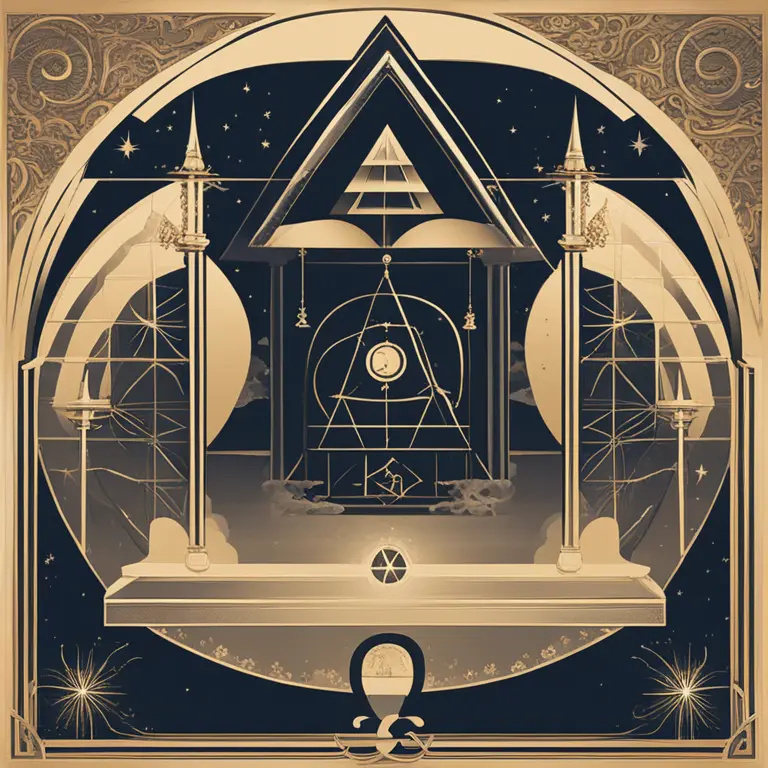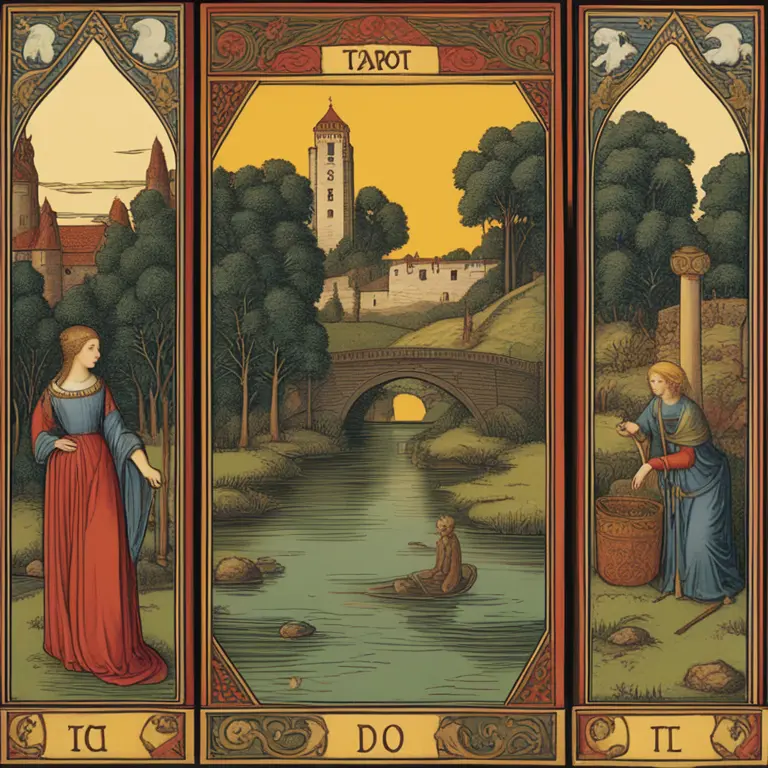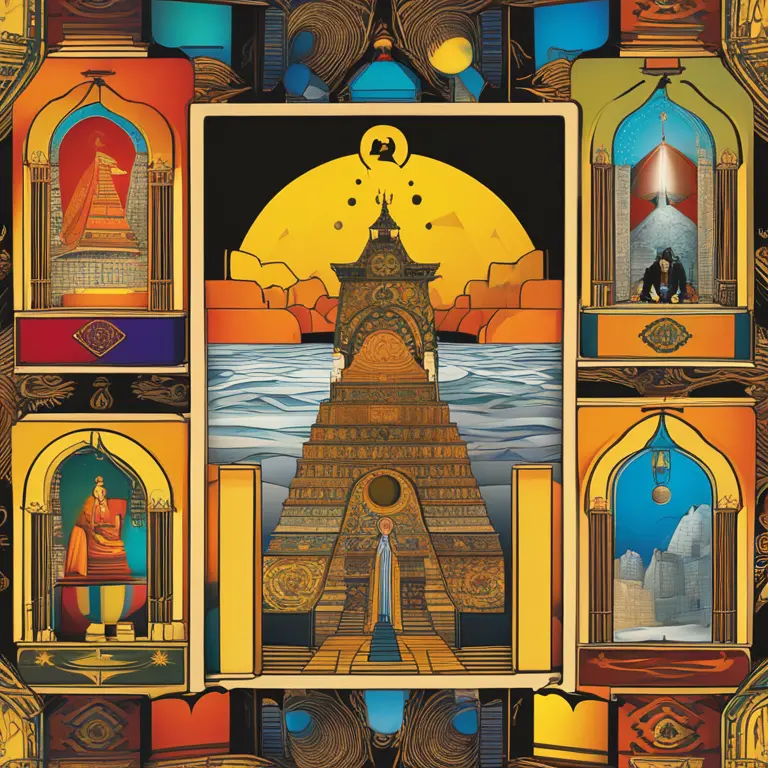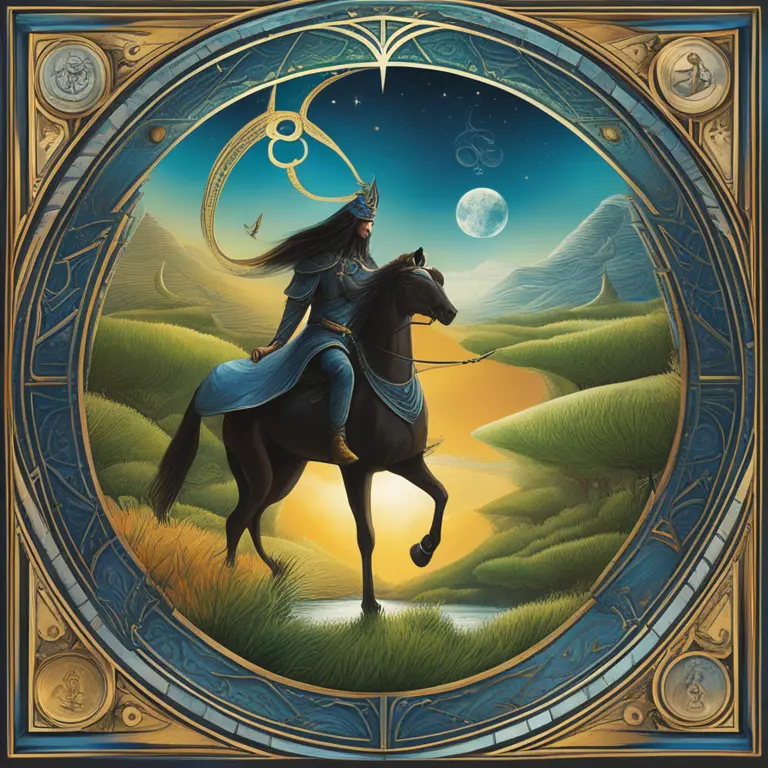
A Journey Back in Time
The tarot's enigmatic voyage through history begins in the mists of the 15th century, where it was used not for divination but for a group of playing games similar to today's bridge. These games, known collectively as tarocchi, were predominantly found across various regions of Europe, including Italy, France, and Austria. Early tarot decks were rich in allegorical imagery, with the 78-card deck divided into two groups: the major and minor arcana, which still forms the basis of tarot decks used in contemporary practice.

The Divination Connection
It wasn't until the late 18th century that tarot cards were associated with the mystical and the esoteric. Pioneers of this movement included the Frenchman Antoine Court de Gébelin, who claimed that the tarot possessed ancient Egyptian wisdom, linking the imagery to the arcane mysteries of the far-off land. These ideas were furthered by an individual known as 'Etteilla', a French occultist who was among the first to create a tarot deck specifically designed for divinatory purposes, thus setting the stage for the tarot's transition into the tool of foresight that we recognize today.

An Evolving Esoteric Tool
Throughout the 19th and 20th centuries, tarot's magical connotations grew as figures like Eliphas Lévi, A.E. Waite, and Aleister Crowley each contributed their own interpretive spin to the tarot's imagery and use. Waite's creation, the Rider-Waite tarot deck, with illustrations drawn by Pamela Colman Smith, has become one of the most enduring and popular decks globally. Crowley's Thoth tarot, rich in esoteric symbolism, also holds significant sway in the occult community. Both decks helped to cement tarot's reputation as a portal to the unseen realms, a tool for spiritual insight, and a mirror to the subconscious.

Modern-Day Tarot
In the 21st century, tarot has transcended its oracular origins, branching into the realms of psychology, self-exploration, and therapeutic practices. Contemporary decks are as diverse as their users, often reflecting a myriad of cultures, artistic styles, and philosophical perspectives. Each tarot reading offers unique reflections, depending on the reader's intuition and interpretation. In a world looking forward to 2024 and beyond, tarot continues to evolve, providing guidance and perspective in an ever-changing landscape.

Tarot in Astrology and Forecasting
Tarot's applicability extends into astrology, where the archetypes within the major arcana correlate with astrological signs and symbols. As astrology looks forward to the transits and celestial events of 2024, the tarot stands alongside, offering symbolic reflection and insight. Practitioners often interweave tarot with astrological forecasts, enhancing the depth and nuance of the guidance offered.
Published: 2/8/2024
Modified: 2/8/2024
More predictions
Come back here soon to learn more about yourself and your future


The Tarot Card Associating with Aquarius
Discover which tarot card embodies the traits of Aquarius, tying in celestial intuition with the wisdom of the tarot.


The Sideways Tarot Phenomenon: Interpretations & Meanings
Explore the significance of tarot cards that appear sideways in spreads and how they alter traditional interpretations in your tarot practice.


Your Tarot Guide to Finding Your Soulmate
Discover how tarot readings can offer insights on your journey to finding your soulmate, enhancing your love life with ancient wisdom.